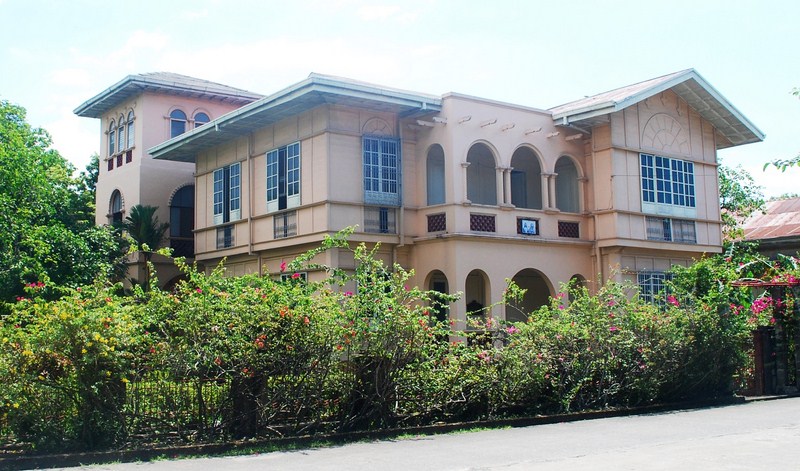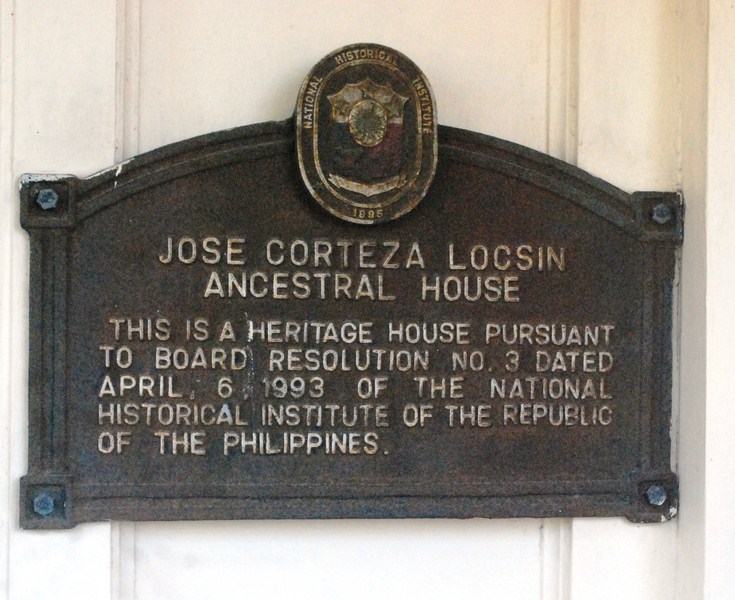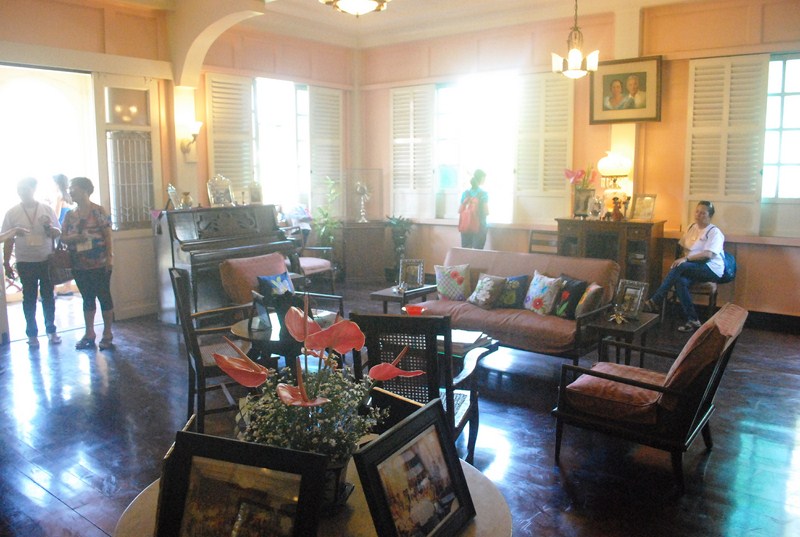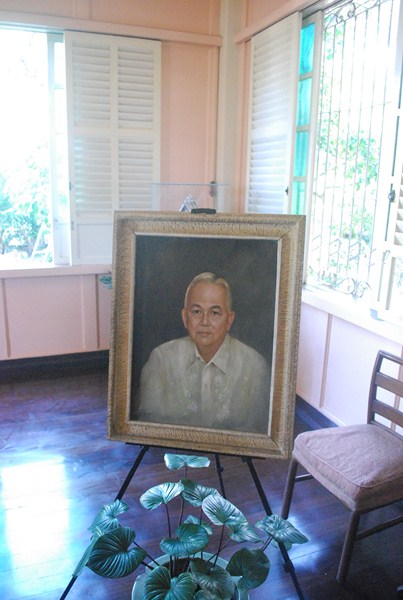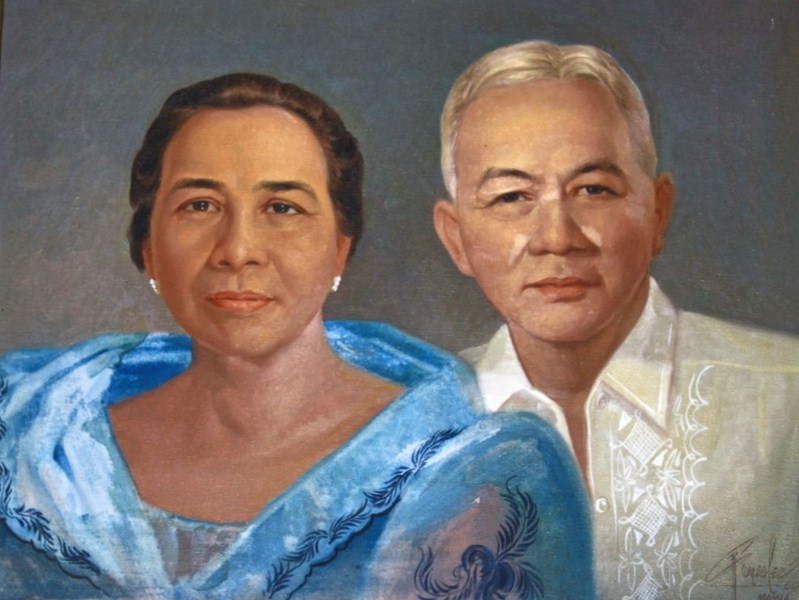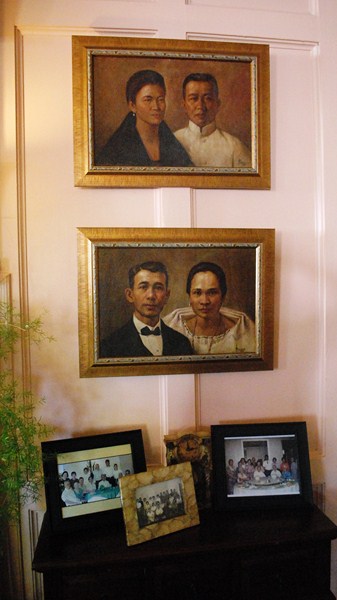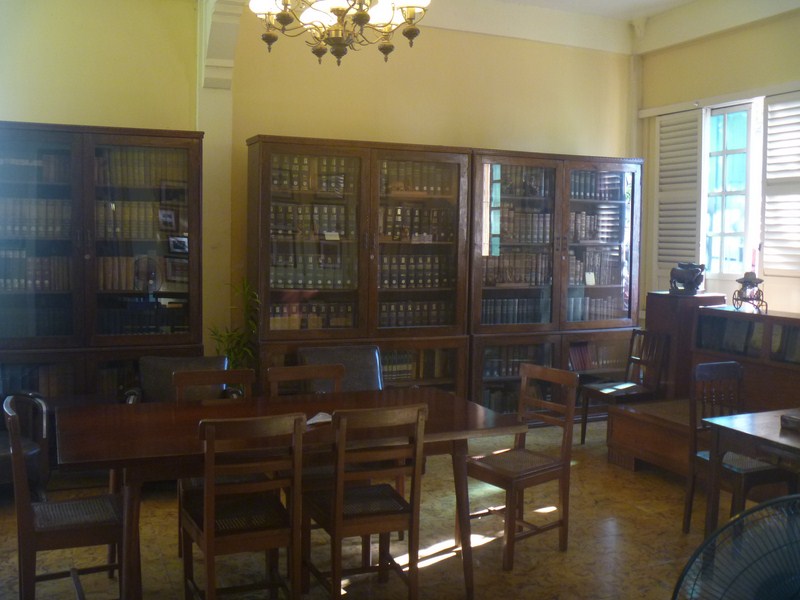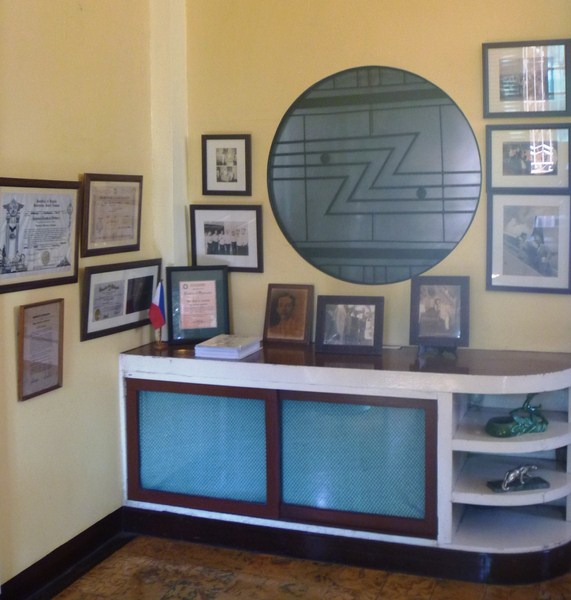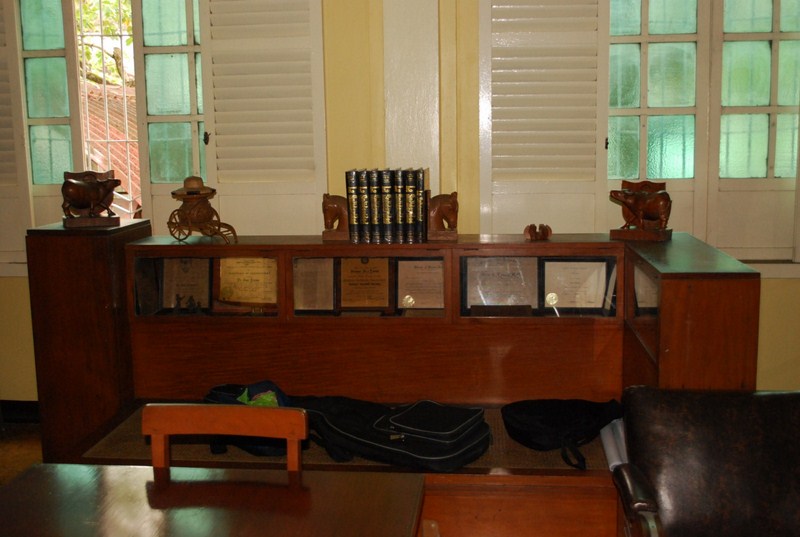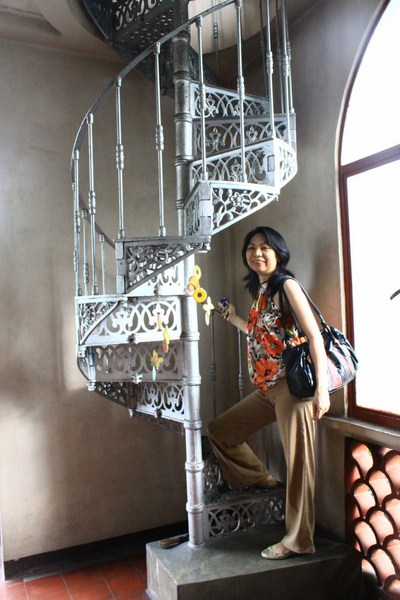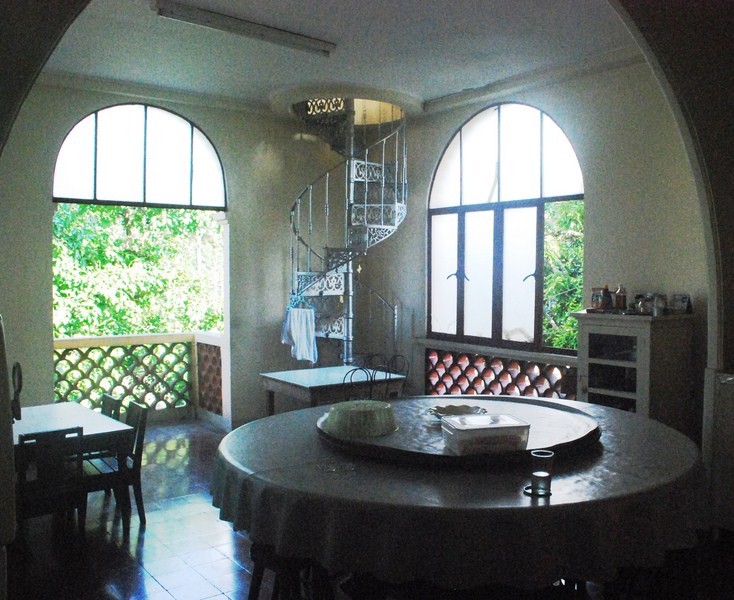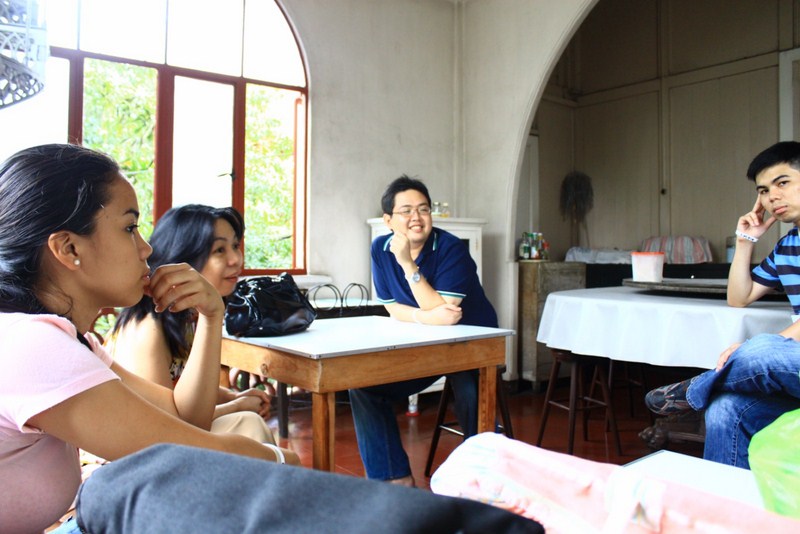The Bantayog ng mga Bayani (“Monument of Heroes”) is a monument, museum, and historical research center designed to honor the martyrs and heroes who struggled against the 21-year dictatorship of former President Ferdinand Marcos, regardless of their affiliations, who live before and, later, beyond the 1986 People Power Revolution.
The granite “Wall of Remembrance,” the central element of the Bantayog memorial, is inscribed with the names of the martyrs and heroes who fought abuses of the Marcos dictatorship.
Nominated by victims’ families, civic organization members or the general public, individuals to be honored on the wall were reviewed under a set of criteria by the Bantayog ng mga Bayani Memorial Foundation’s Research and Documentation Committee.
The committee makes recommendations to its Executive Committee for further review then the foundation’s Board of Trustees gives the final approval.
In 1992, the first batch of 65 names were enshrined on the wall. They include:
- Macli-ing Dulag (Kalinga tribal leader)
- Chino Roces (publisher)
- Alex Orcullo (journalist)
- Roberto Concepcion(former Supreme Court chief justice)
- Claudio Teehankee (former Supreme Court chief justice)
- Tullio Favali (missionary priest)
- Zacarias Agatep (Caoayan, Ilocos Sur parish priest)
- Sister Mary Bernard Jimenez
- Puri Pedro (lay social worker)
- Jeremias Aquino (Philippine Independent Church priest)
- Emman Lacaba (poet-activist)
- Rizalina Ilagan (student activist)
- Cristina Catalla (student activist)
- Liliosa Hilao (student activist)
- Gaston Z. Ortigas (businessman)
- Lorenzo Tañada (former senator)
- Benigno Aquino, Jr. (former senator)
- Jose W. Diokno (former senator)
- Evelio Javier (Antique Province governor)
- Cesar Climaco (Zamboanga City mayor)
As of 2018, 305 names have been enshrined on the Wall of Remembrance. Francisco “Soc” A. Rodrigo (former senator) and Jose Mari U. Velez (journalist) were added on November 28, 1998; Jaime L. Sin (Cardinal) and Haydee B. Yorac (law professor) on December 9, 2005; Catalino “Lino” O. Brocka (movie director) and Cecilia Munoz-Palma (Supreme Court justice) on November 30, 2006); and Corazon “Cory” C. Aquino (Philippine president) on November 30, 2009.
The 35-ft. high “Inang Bayan” Monument, depicting a woman reaching out to the sky for freedom and holding the body of a fallen young man, is another prominent element of the memorial.
Prominently located near the roadside frontage of the memorial (so that it can be seen by vehicles along Quezon Avenue near its corner with EDSA), the woman is a metaphorical depiction of the Philippine “motherland” (inang bayan in Filipino) while the man represents self-sacrifice and heroism, alluding to the martyrs who gave their life for the freedom of the Philippine people.
At the monument’s base are tree plaques containing the last stanza of Jose Rizal‘s “Mi Ultimo Adios” in English, Filipino, and the original Spanish.
Bantayog ng Mga Bayani: Quezon Avenue, Diliman, Quezon City.


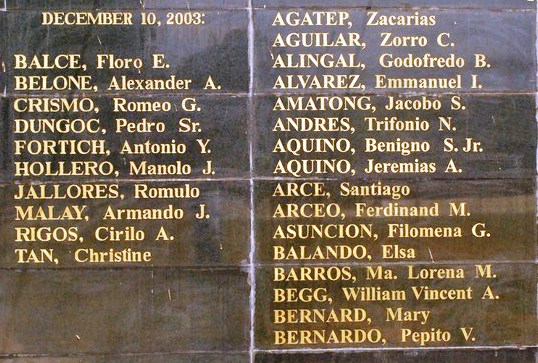
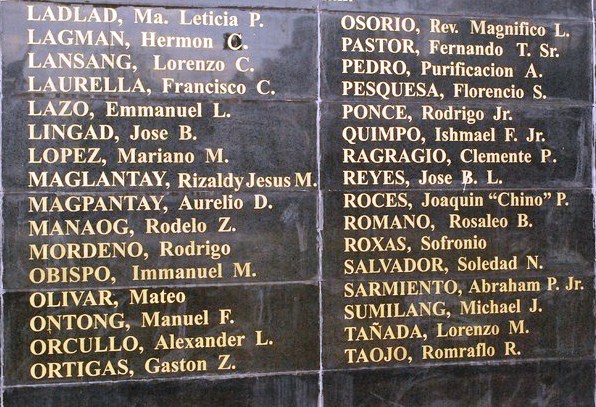
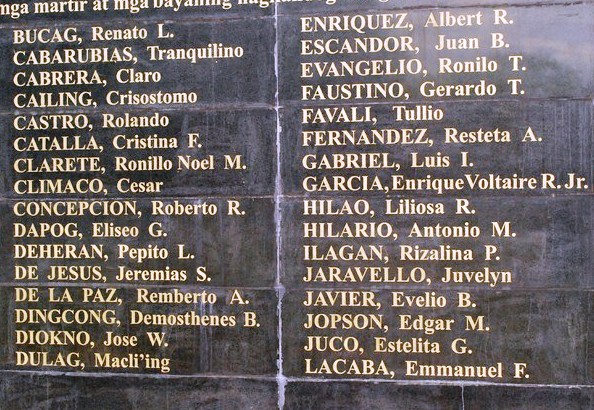
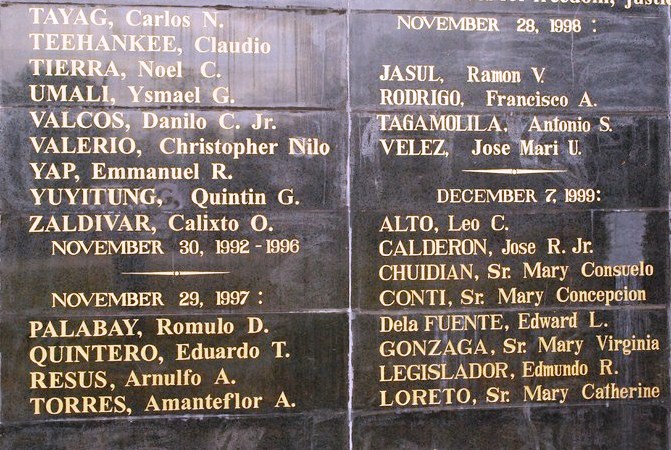
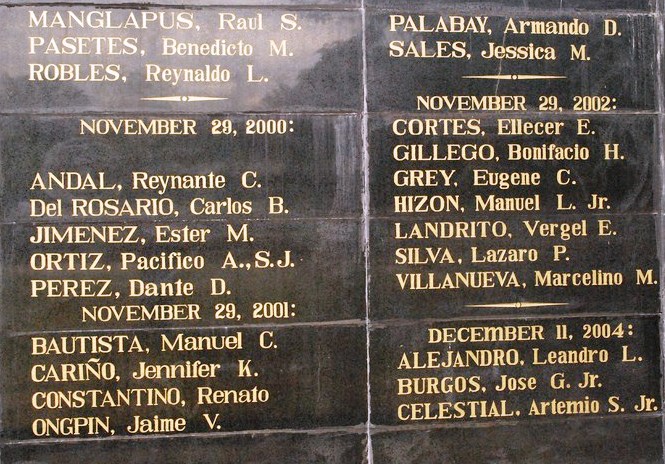
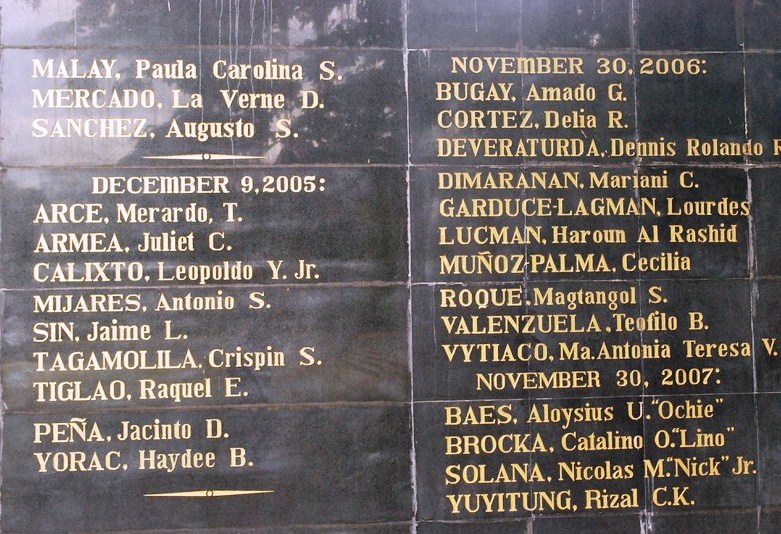
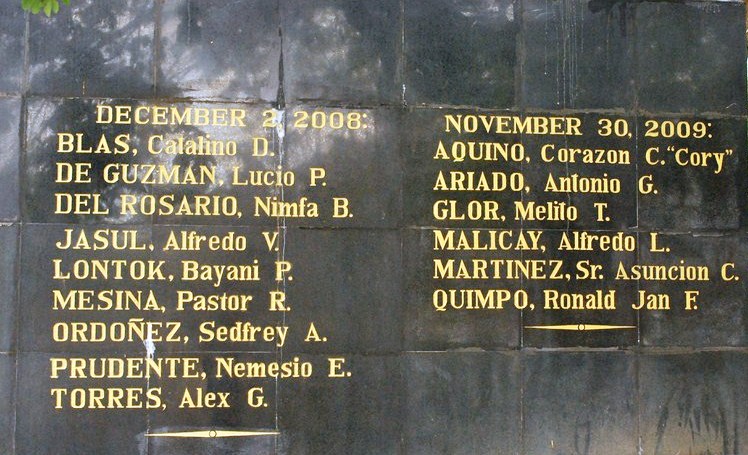




.jpg)
.jpg)
.jpg)
.jpg)
.jpg)
.jpg)
.jpg)
.jpg)
.jpg)

.jpg)
.jpg)
.jpg)
.jpg)
.jpg)





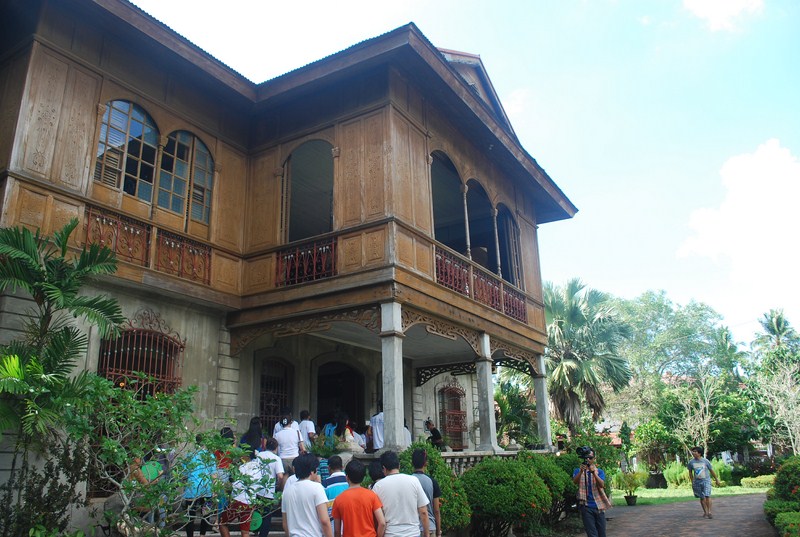
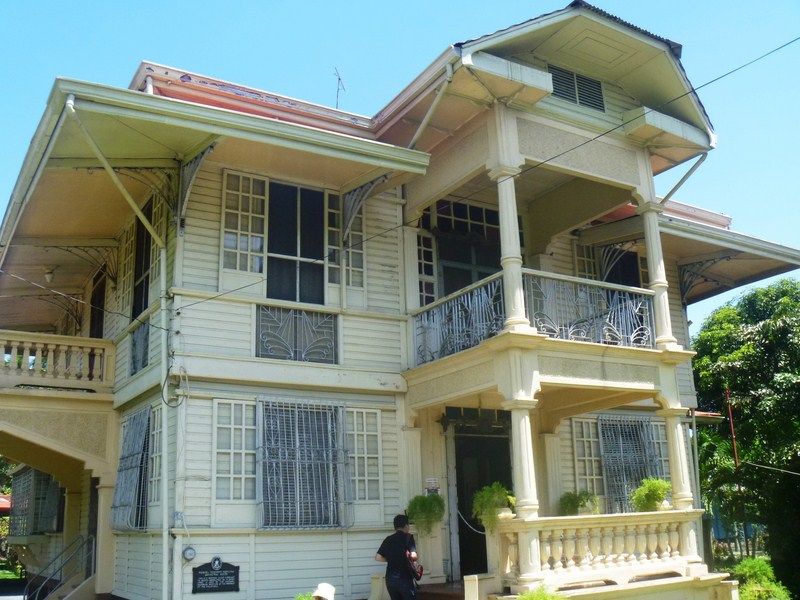
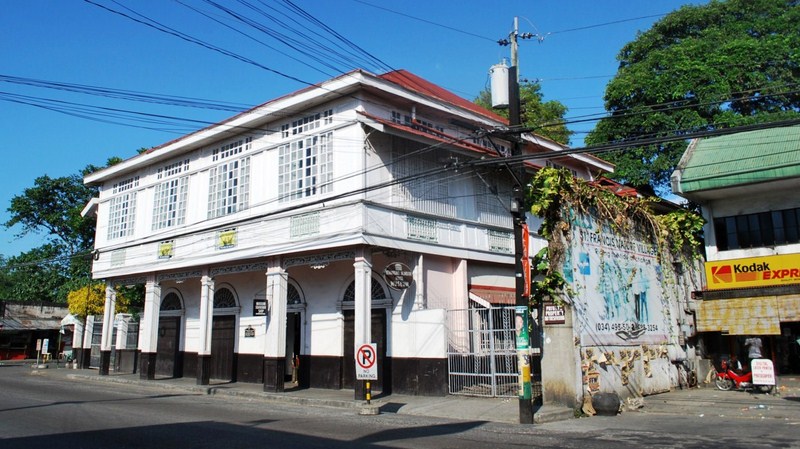
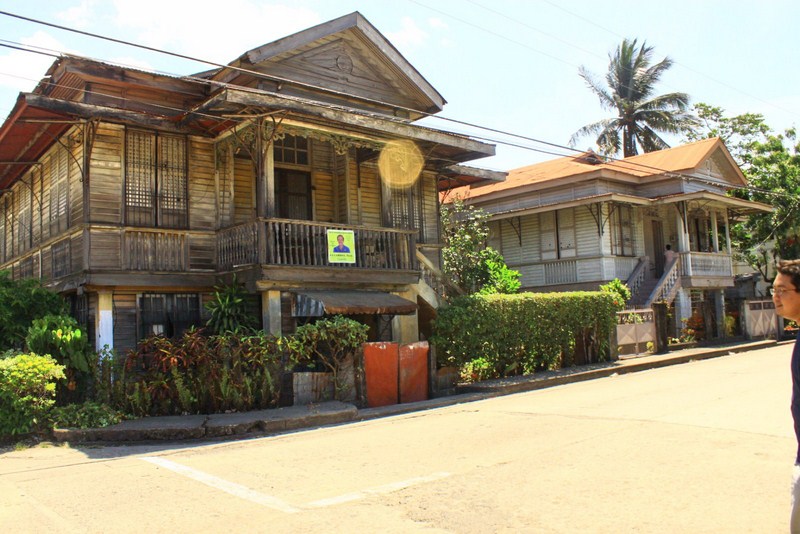


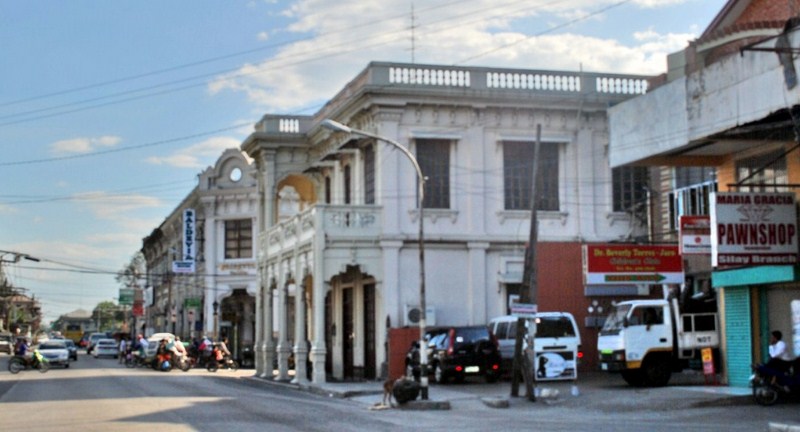
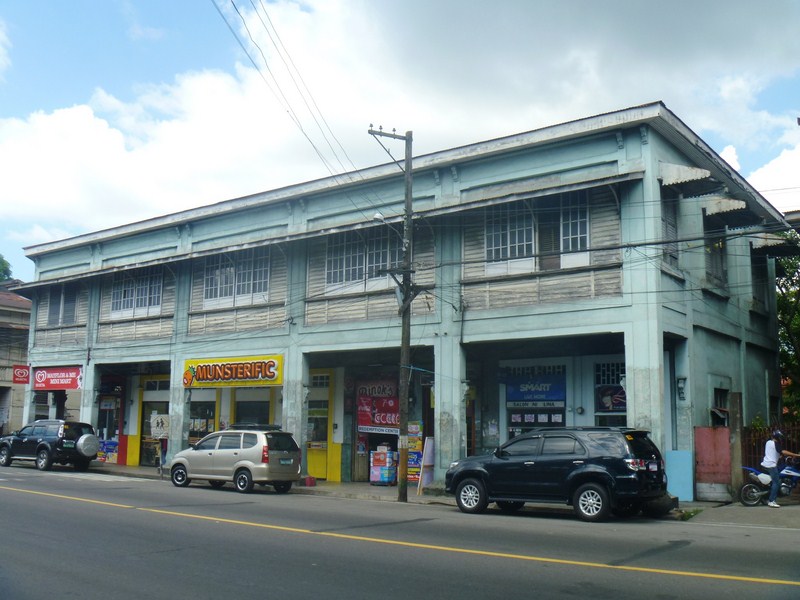

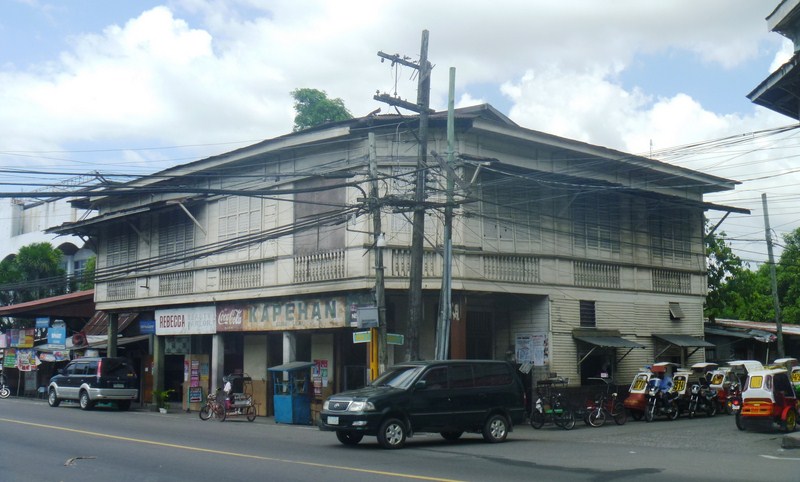
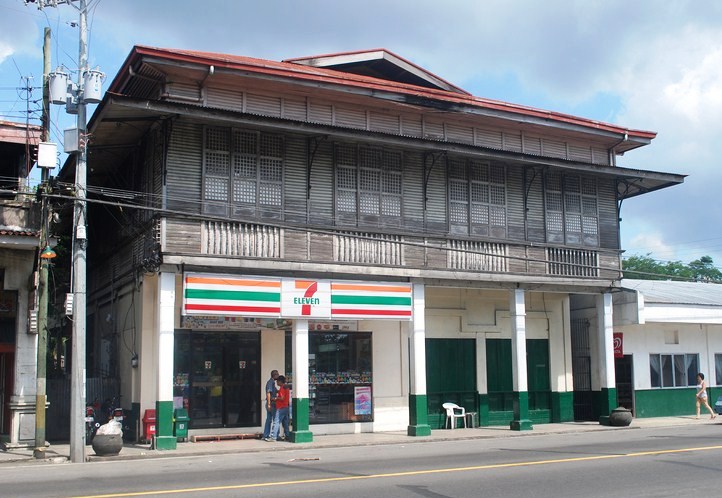

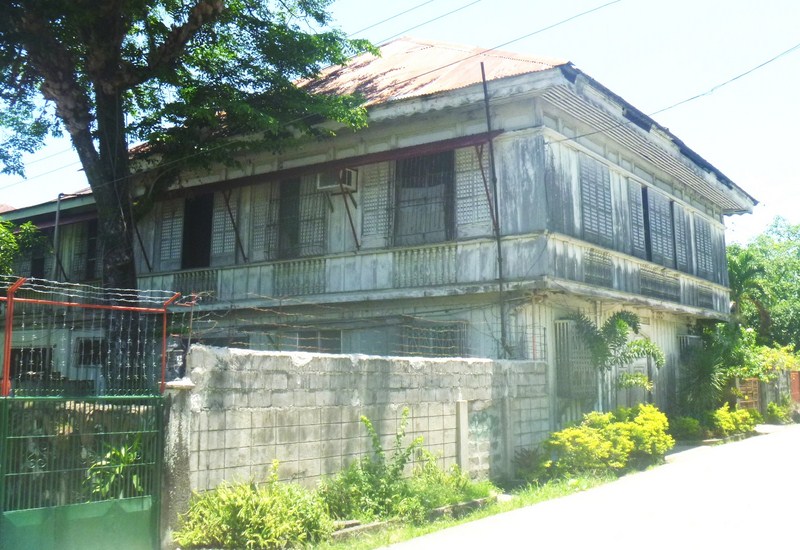
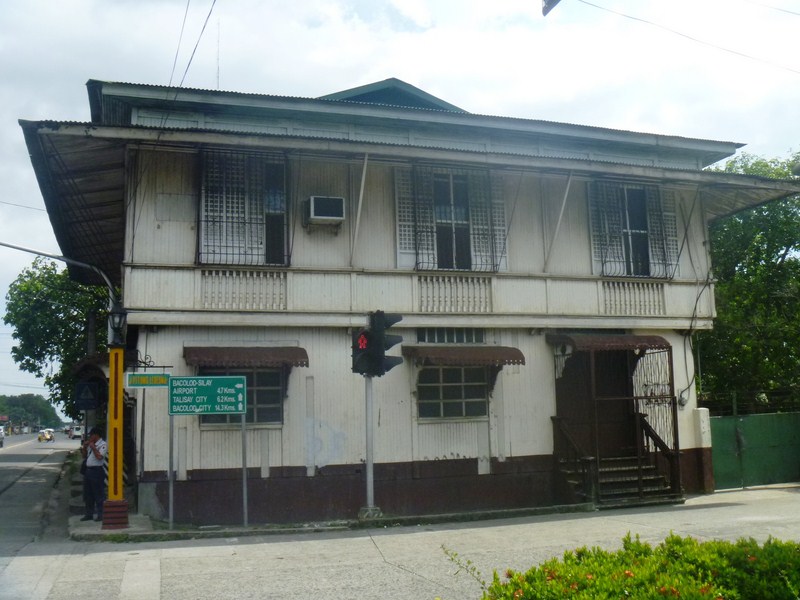
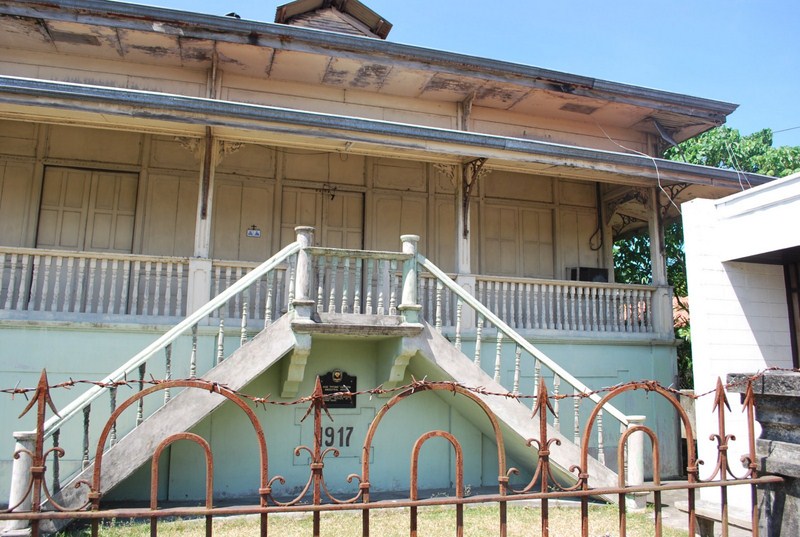

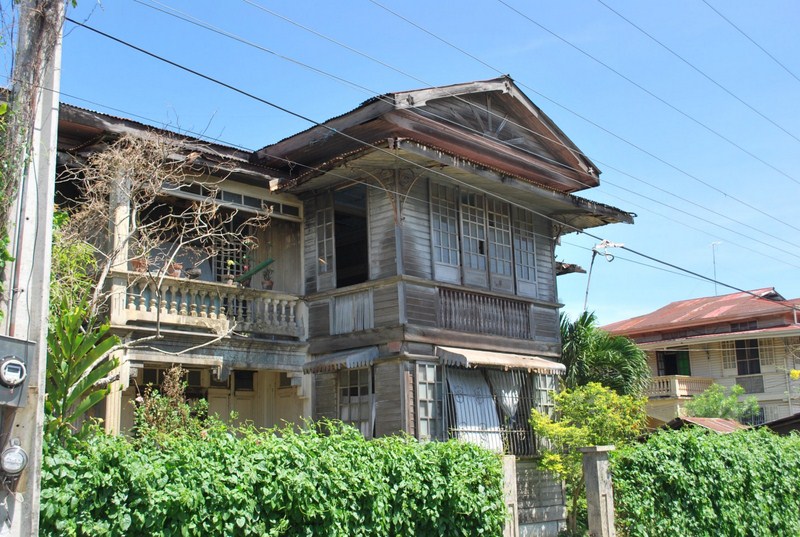
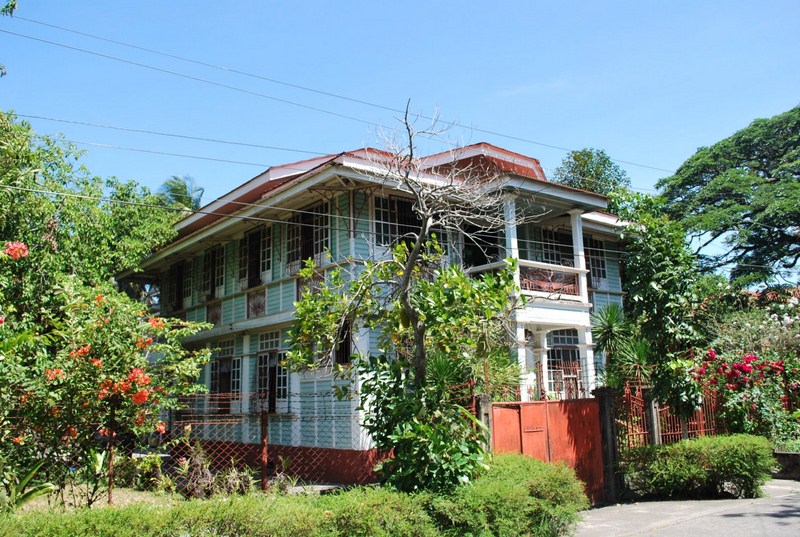
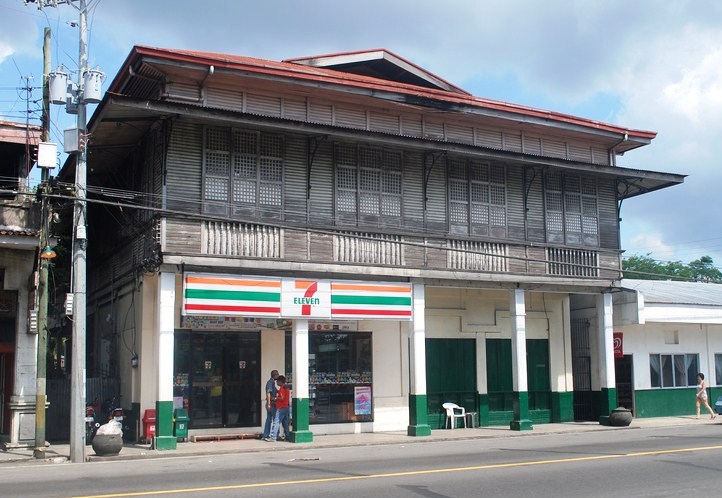
.jpg)
.jpg)
.jpg)
.jpg)
.jpg)
